Digital enablement will facilitate trade: DGFT at India Business & Trade Conclave 2023
Director General of Foreign Trade Santosh Kumar Sarangi has said that India’s ambitious target of reaching a US$ 2 trillion trade economy is “not unachievable”. Speaking at the first India Business and Trade Conclave here in New Delhi, the DGFT listed out industries where India’s exports can outshine and also chalked out the strategies that various industries need to follow.
Mr. Sarangi asserted that the government is propelling India’s shift away from an incentive-based regime towards a remission-based regime, and towards more digital enablement in order to facilitate trade.

New Delhi, May 25: India is carving a path to reach its ambitious target US$ 2 trillion economy shortly after announcing the latest Foreign Trade Policy in March 2023. Director General of Foreign Trade (DGFT), Mr. Santosh Kumar Sarangi, said that India will have to undertake a slew of measures to reach its target by 2030, including an increase in the manufacturing of electronic and engineering goods.
The DGFT, at the maiden India Business and Trade Conclave 2023, addressed industry members and spoke at length on India’s vision to reach US$ 1 trillion of merchandise export by 2030. He also explained the mechanism through which India aspires to achieve the ambitious target of touching US$ 1 trillion in service and goods exports respectively.
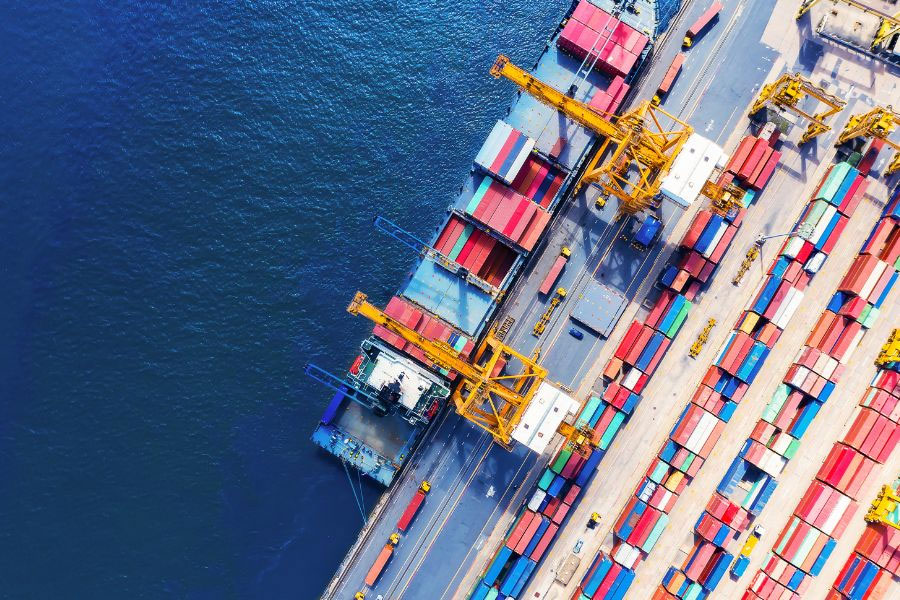
FTP is only an instrument to facilitate trade and also to lay down the roadmap, Mr Sarangi said. He also emphasised that India is moving away from an incentive-based regime to a remission-based regime, and towards more digital enablement, which will facilitate trade. The central government is looking forward to collaborating with states, district governments, Indian missions abroad and various government departments, to achieve foreign trade goals.
In terms of emerging areas, the DGFT said that there is a focus on high-end technology products and SCOMET items, ensuring that India’s export regime is streamlined and aligned with some of the international agreements. This is to also ensure that high-technology products are able to get an export market. E-commerce, districts as export hubs and export clusters to facilitate exports are some of the broad areas on which the FTP 2023 has been launched.
Both ends of the coin
Higher exports have a positive correlation with higher growth in per capita income. Some of the export-intensive economies like China, South Korea, France and Austria provide evidence of this correlation.
When it comes to agenda setting of US$ 1 trillion exports, Mr Sarangi asserted that India will have to focus on the demand and supply side. On the demand side, we have to find out novel mechanisms for accessing the international market. Instruments being used for this include signing more FTAs, especially with complimentary countries; signing more investment agreements; attracting MNCs in an effort to integrate with global value chains; and focusing on market promotion and branding of Indian products.
On the supply side, India is streamlining export policies and moving into schemes like RoDTEP (Remission of Duties or Taxes on Export Products Scheme) and duty drawback, and ensuring manufacturing competitiveness through initiatives like the Production Linked Incentive (PLI) scheme.
On logistics effectiveness, Mr. Sarangi noted, if India improves its logistics efficiencies, our exporters can save 5-6% in their FOV (freight on value) and to that extent, it will make them more competitive in the international market.
Trade facilitation has been a continuous endeavour of the Customs and DGFT to ensure that the trade facilitation regime is bettered for ease of doing business. Labour reforms are another area in which the government has been actively working.
The perspective of US$ 2 trillion export vision
India reached its highest export of US$ 676 billion in FY 2021-22 and bettered that to reach US$ 767 billion in 2022-23, with merchandise trade of about US$ 450 billion and services trade of about US$ 326 billion. The DGFT showed optimism about achieving the target of US$ 2 trillion given the growth rate of India over the years, though it is certainly not an easy task.
“The CAGR required for achieving this is about 14.5%. As you would see from the period of 2009-16, we grew at about 1.6%. And from 2016-22, (India grew) at about 9.3%. But from here on, we will have to grow at 14.5% which is quite a steep curve which we have to undertake and climb.”
To achieve this, DGFT suggested that India needs to relook at its product as well as an export basket. Among the top 20 markets, there are only 8 markets where we run a trade surplus and 12 markets, where we run a trade deficit. There Therefore, India will have to work on its manufacturing competitiveness and take advantage of FTA negotiations.
Products such as pharmaceuticals, electrical and electronics, auto and auto components, and articles of iron and steel are key products that China is exporting the most. Mr Sarangi has said that India needs to ramp up production in these sectors. Engineering goods, pharmaceuticals, chemicals, electronics, textiles, and agriculture and marine will have to do some heavy lifting to achieve the target.
He cited how the business expansion of consumer electronic brands such as Apple Inc. and Samsung has opened the doorway for India to multiply its smartphone exports. While the sector will have to grow at 23% CAGR, he expressed his belief that this is achievable.
Noting the importance of agriculture and marine industry, he said:
“We are focusing on higher value addition, food processing, ensuring in marine products broodstock availability is eased. We are also ensuring that good aquaculture practices are followed to penetrate some of the developed markets… Marine will require about 12% CAGR to reach US$ 18 billion exports by 2030.“
In textiles, ready-made garments and man-made fibre will have to scale up their exports to contribute to the target of achieving US$ 100 billion for textile exports.
Cross Border E-commerce & Districts as Export Hubs
Given the fast growth of e-commerce, the industry is poised to reach US$ 2 trillion in exports globally by 2025 via cross-border trading. In India, e-commerce is likely to become 40% of traded goods, Mr Sarangi informed.
“If you look at India’s trade ecosystem, most of our trading regulations were designed for a B2B interface. But ecommerce breaks that barrier and looks at a scenario where B2C interface is higher.”
Noting the critical role of the e-commerce industry in India, Sarangi said that existing policies will have to be tweaked, as the government is working with Customs, the Reserve Bank of India, allied government departments and industry stakeholders. The existing regulations for e-commerce in India have been designed so that they can address some of the requirements of the B2C export scenario.

On districts playing a pivotal role in the increase of exports, the government is trying to ensure that more regions get covered. Reflecting on the current profile of exports, he noted that as of 2023, out of approximately 766 districts, only 70 of them in India account for 80% of exports.
“Imagine the potential, if all the districts are made aware of the exports potential and given the ecosystem to join the export bandwagon.”
He announced that the government has prepared a district-specific export plan in approximately 500 regions, as well as preparing a blueprint for other areas is ongoing. Moreover, the government is putting exclusive focus on quality control, to ensure that domestic manufacturing is able to compete with the best in the international market.
Noting the challenges
During his address, Mr Sarangi admitted that there are many challenges to exports. Building supply chain resilience for critical minerals needs to be worked on to reduce import dependence.
Moreover, upcoming individual regulations such as Carbon Tax by the EU, may potentially become a trade barrier. The adaption to the carbon tax and its mitigation must be closely monitored.
India has been relatively in a sweet spot, growing at 9.1% in FY 2021-22 and about 7% last year, and it is estimated to grow at 6.5% in the current year. This makes India one of the fastest-growing economies among the comparable economies. However, IMF and WTO have projected a relatively cautious signal as far as global GDP growth and trade growth are concerned. Also, geo-political factors of the ongoing Russia-Ukraine war may disrupt global supply chains.







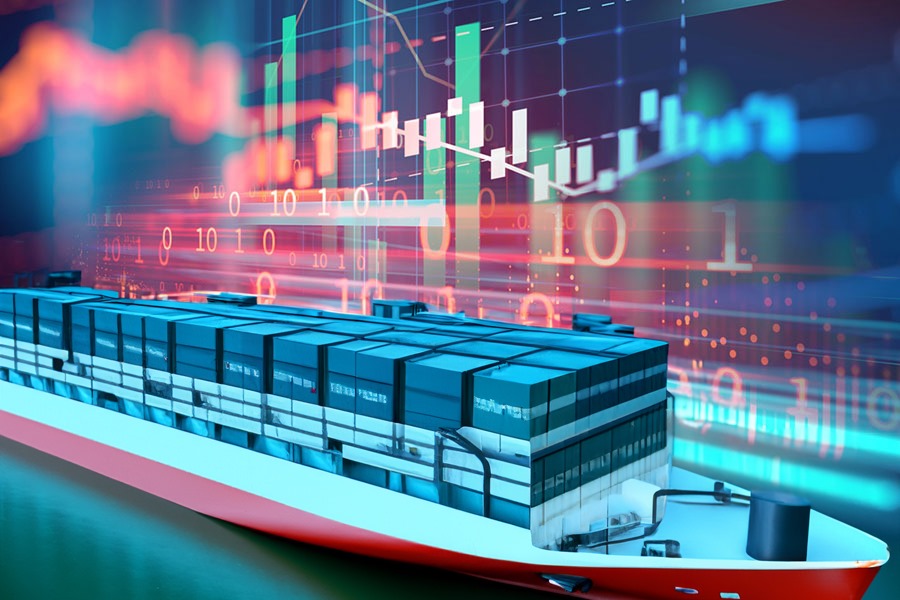
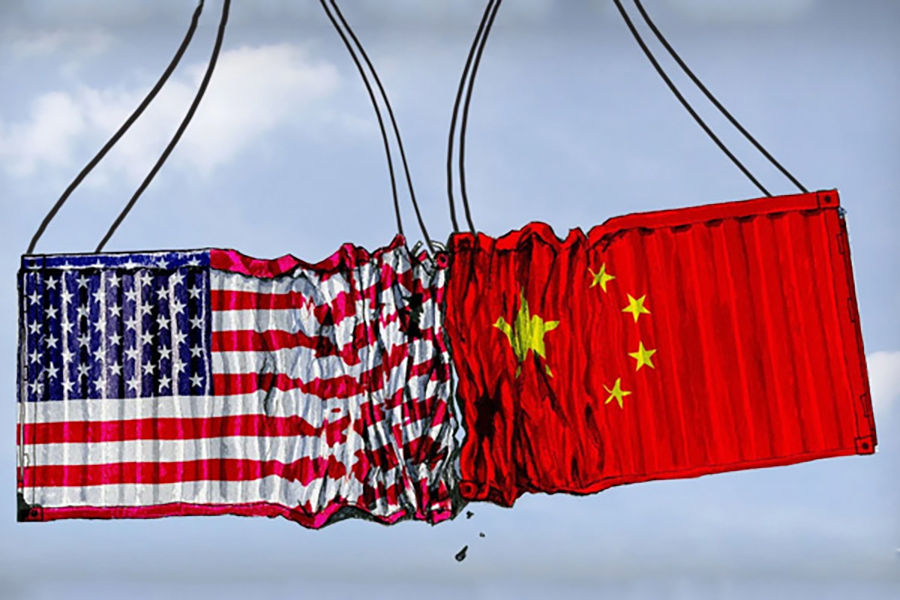

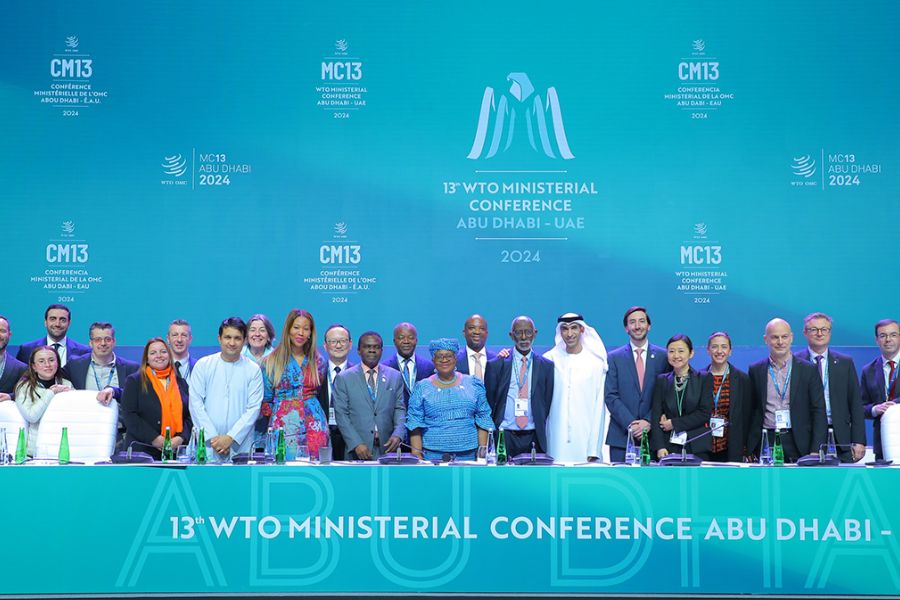
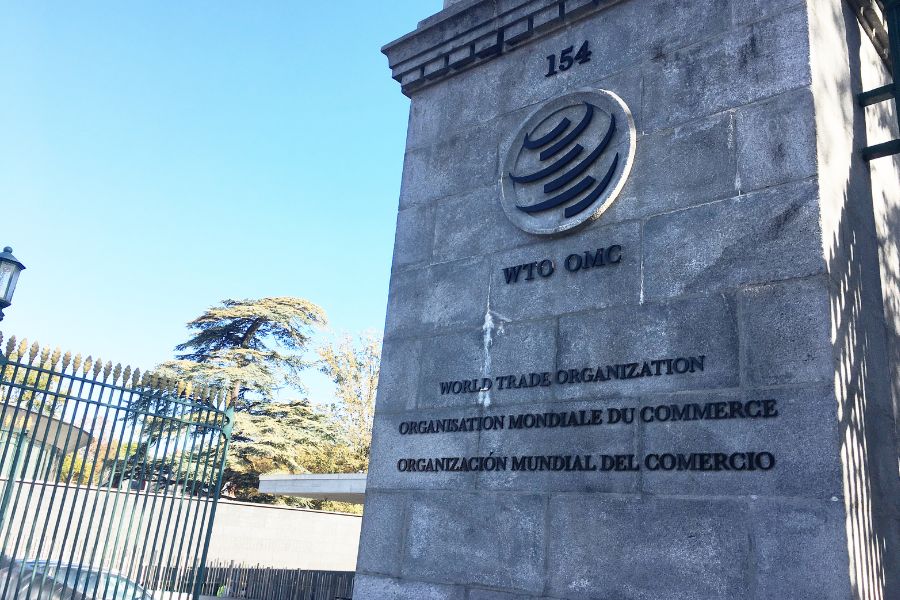

Leave a comment